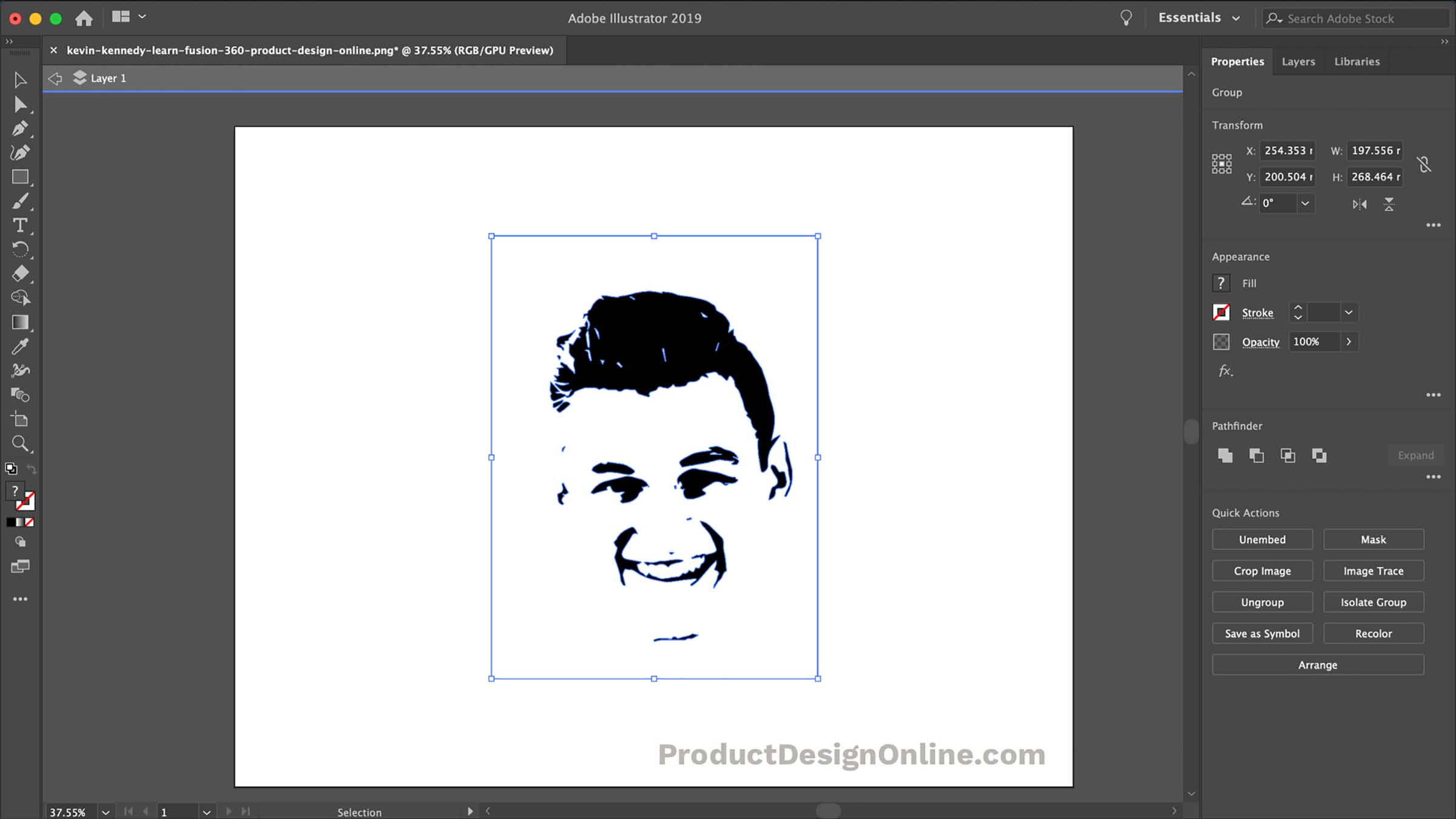

- #Adobe illustrator image trace how to#
- #Adobe illustrator image trace software#
- #Adobe illustrator image trace series#
The first half of the course is an opportunity to experiment and explore imagemaking in order to expand your visual vocabulary.
#Adobe illustrator image trace how to#
learn how to make, manipulate and arrange images to create compositions, eventually culminating in the design and production of an-image-based book. expand your visual vocabulary both in terms of making and talking about work, in order to discuss your work and work of others experiment with a range of materials and techniques to make images for graphic design So here, the focus here is on making, and you are expected to devote serious time and intellectual energy to that activity in this course. Or, don't just make stuff just in your head. If we must adopt a rule in this course it is only this: you will not become a graphic designer by watching videos alone. Imagemaking is a fluid and exciting area of graphic design that comes out of practice and process: experimenting fearlessly, showing and sharing ideas, and giving and receiving knowledgeable and constructive input.įor the sake of this online platform, we have applied some structure to our investigations, but for the most part imagemaking is loose and unstructured. This course for serious makers, and for students new to imagemaking. You will need access to a computer and page layout software, such as InDesign, to complete the assignments.

#Adobe illustrator image trace software#
Please note that this is not a software course a basic working knowledge of Adobe InDesign or other page layout software will be assumed.
#Adobe illustrator image trace series#
Informative lectures will be complemented by a series of three peer-assessed assignments, culminating in an opportunity to design a full-scale typographic poster. And we’ll explore the expressive, meaning-making potential of type. We’ll discuss time-tested conventions and best practices in setting type, as governed by principles of hierarchy and spatial organization. We’ll peek into the rich historical, cultural, and aesthetic histories of familiar typefaces. We’ll consider the pragmatic concerns involved in selecting and combining type. In this rigorous introductory course, we will study, name, and measure the characteristics of letterforms. Typography predates modern graphic design by around 500 years it is rich in rules, conventions, and esoteric terminology-but it remains an exciting space for invention and expression. It’s an essential area of skill and knowledge for graphic designers. Typography is the art of manipulating the visual form of language to enrich and control its meaning.

Access to, and a beginner's level knowledge of Adobe Creative Suite programs, such as Illustrator, Photoshop and InDesign will help you, especially if you want to complete the optional briefs. You can complete this course without one but it will be tougher. To succeed in this course you will need access to a computer. If you complete the course, along with its optional (but highly recommended) briefs, you will have a core set of graphic design skills that you can apply to your own projects, or to more deeply investigate a specialized area of graphic design. I don't just want you to watch a video of someone talking about design, I want you to MAKE design! If you want to be a designer you have to be a maker and a communicator, so this course will offer you lots of opportunities to get your hands dirty with exercises and with more practical projects.Īt the end of this course you will have learned how to explore and investigate visual representation through a range of image-making techniques understand basic principles of working with shape, color and pattern been exposed to the language and skills of typography and understand and have applied the principles of composition and visual contrast. foundational skills that are common in all areas of graphic design practice. Through visual examples, this course will teach you the fundamental principles of graphic design: imagemaking, typography, composition, working with color and shape. As graphic design becomes more visible and prevalent in our lives, graphic design as a practice becomes more important in our culture. Graphic Design is all around us! Words and pictures-the building blocks of graphic design-are the elements that carry the majority of the content in both the digital world and the printed world.


 0 kommentar(er)
0 kommentar(er)
